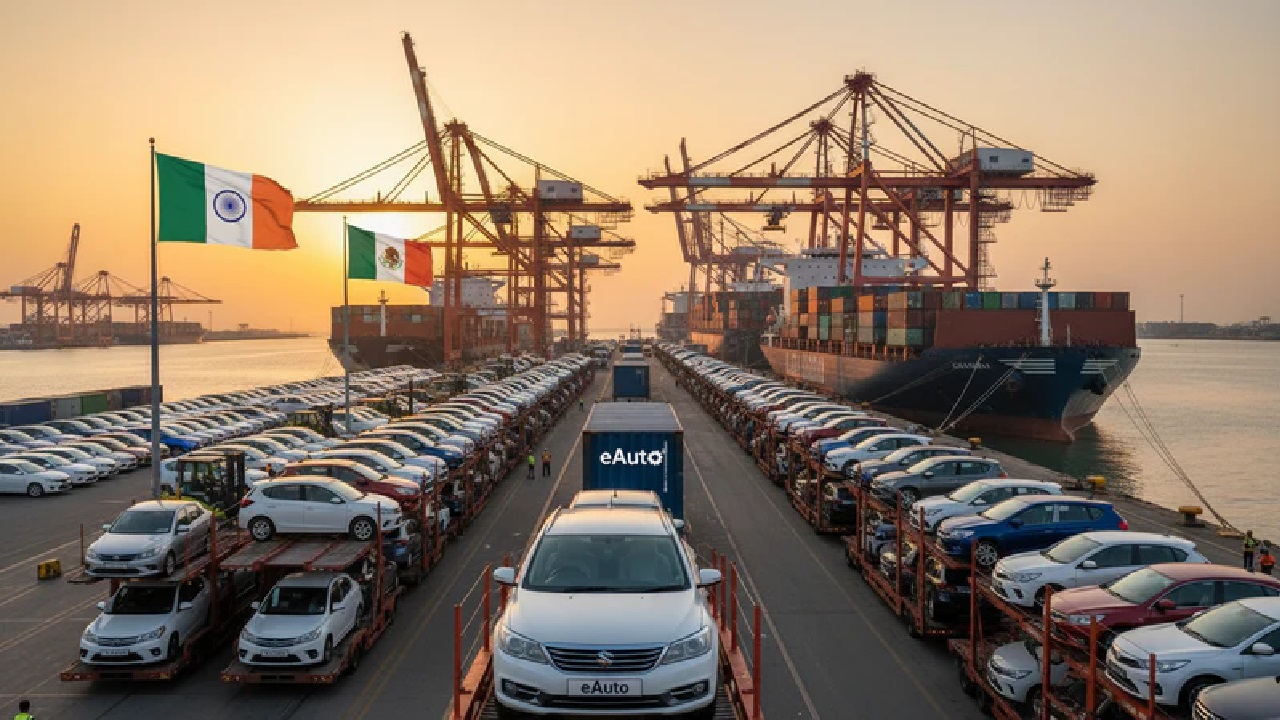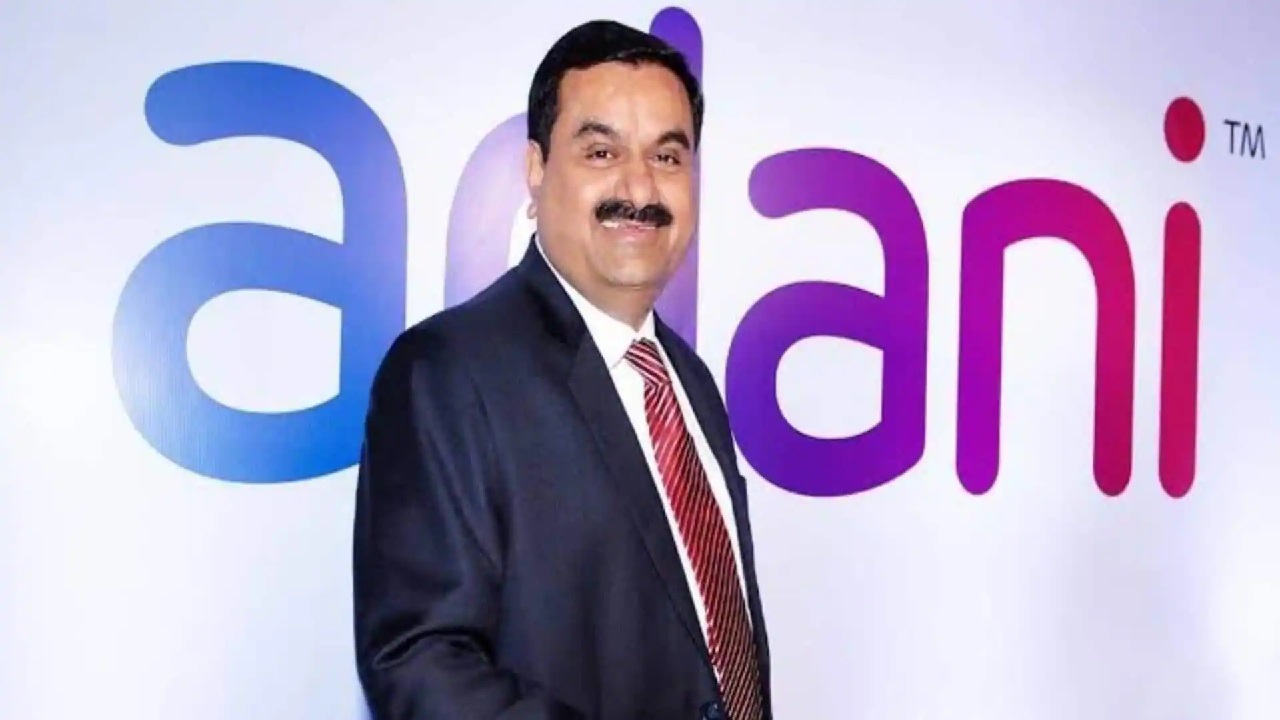India at a Crossroads: Big Challenges, Bigger Responsibilities
India in 2025 stands at a pivotal moment in its democratic journey. With a population exceeding 1.4 billion and more than 65% under the age of 35, the country is teeming with energy, aspirations, and digital engagement. Its ambitions—from becoming a $5 trillion economy to leading in digital public infrastructure—are matched only by the complexity of its governance challenges.
Yet, as the Cabinet nears its constitutional size limit of 81 ministers, a more fundamental question arises: Does India need a larger cabinet or a more effective one? As debates swirl around impending cabinet reshuffles or expansions, this is the moment for India to pause, reflect, and reimagine the machinery of its executive branch.
From Quantity to Quality: The Cabinet by the Numbers
The Council of Ministers has expanded from 46 members in 2014 to 72 in 2024, with 31 in the core Cabinet. While this reflects the compulsions of coalition politics and the desire for regional and social representation, the real issue is not expansion itself, but whether it leads to better governance.
Cabinet representation has broadened—from 10 states in 2014 to 18 in 2024. Women now hold 11 seats (15%), and 5 non-BJP ministers signal the coalition nature of the ruling alliance. But despite this diversity, only 8 ministers are under 45, a troubling mismatch in a nation with a median age of 29.
Youth and Inclusion: Symbolism vs. Influence
While diversity and inclusion are often celebrated, they can become superficial if they don’t translate into real influence. Political scientist Suhas Palshikar rightly notes: “Inclusion is only meaningful if it brings influence, not just presence.”
India must embrace a generational shift in leadership by empowering younger professionals with fresh thinking. Only then can the nation truly harness its demographic dividend and redefine its development narrative.
Fragmentation Breeds Inefficiency
India’s bureaucratic sprawl is a cautionary tale. Portfolios like agriculture, rural development, Panchayati raj, irrigation, and animal husbandry operate in silos, despite overlapping mandates. The result? Blurry accountability and sluggish coordination.
In sectors like digital governance, fragmentation is especially costly. The Ministry of Electronics and IT must share its domain with Railways (ticketing), Finance (UPI), and Education (Digital India). Despite significant gains, India ranks just 25th in the UN E-Government Index 2024—a testament to the price of disjointed mandates.
Technocrats like Nandan Nilekani have stressed the need to break silos and reimagine processes. Without streamlined ministries led by professionals with domain knowledge, India risks stagnation in its most promising sectors.
The Crisis of Expertise and Trust
The absence of expertise in India’s executive is glaring. Of the 72 ministers, only five have significant domain experience, while 39 are career politicians and 18 lack graduate degrees. Even more troubling, 21 ministers face criminal charges, a reality that undermines public trust in governance.
According to the Association for Democratic Reforms (ADR), 44% of Lok Sabha MPs have pending criminal cases. In an age of rising civic awareness, this erodes the moral authority of leadership and reduces governance to patronage politics.
Leadership in Crisis: Lessons from Home and Abroad
India’s large, decentralized cabinet structure often hampers its crisis response. During episodes like Kargil, Galwan, COVID-19, and economic shocks, delayed decision-making due to bureaucratic maze work has had real-world consequences.
In contrast, smaller, streamlined cabinets in countries like Germany (16 ministers), the US (15), and the UK (22) are known for agility and accountability. While India’s scale requires tailored solutions, the lesson is clear: Efficiency is not about numbers but clarity of roles and leadership cohesion.
As former Cabinet Secretary T.S.R. Subramanian noted, “India needs not just a smaller cabinet, but a smarter one—where every minister is accountable and empowered.”
Professionals in Politics: A New Model
The appointment of figures like S. Jaishankar, a former Foreign Secretary turned External Affairs Minister, shows how domain experts can elevate policy and global standing. Similarly, General V.K. Singh’s role in defense and infrastructure showed how military discipline can inform governance.
Yet, such appointments must be balanced with leaders who possess political acumen, public empathy, and the ability to negotiate within Parliament and engage mass constituencies. The ideal cabinet is not technocratic or populist—it is strategically blended.
A Structural Overhaul: Not Just a Shuffle
Frequent cabinet reshuffles often disrupt institutional memory and stall long-term policy execution. As India transitions into a more digitally integrated and globally competitive economy, governance must prioritize continuity, coordination, and accountability.
Encouragingly, the 2025 Union Budget—with a record ₹11.21 lakh crore capital outlay, focus on MSMEs, digital skilling, and agriculture, and a 4.4% fiscal deficit target—signals reform intent. But to deliver on this vision, the executive structure must evolve.
A potential 92nd Constitutional Amendment could:
· Cap Cabinet size constitutionally
· Streamline overlapping ministries
· Institutionalize performance metrics
· Mandate professional inclusion in select portfolios
Less May Be More
India’s Cabinet in 2025 reflects a country striving to balance diversity, ambition, and complexity. But in a rapidly changing world, governance must adapt not by growing in size, but by becoming more focused, capable, and coherent.
The promise of “less government, more governance” is not out of reach. It demands a return to first principles: empowering expertise, ensuring integrity, and streamlining decision-making.
As political pressures drive calls for expansion, India’s leaders have an opportunity—perhaps a duty—to refine, not inflate. The true strength of a cabinet lies not in how many chairs are filled, but in how much value each seat delivers.
(With agency inputs)








